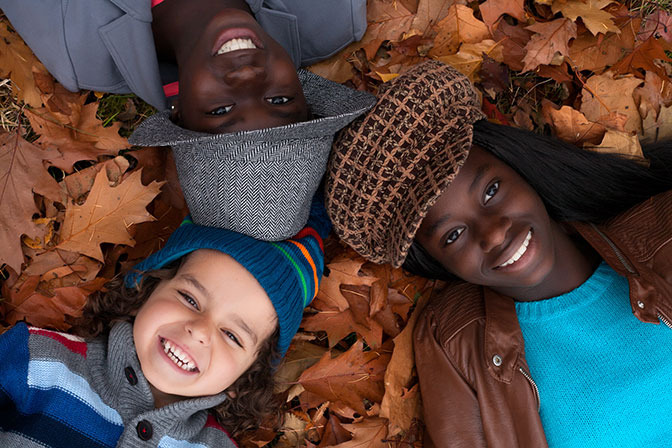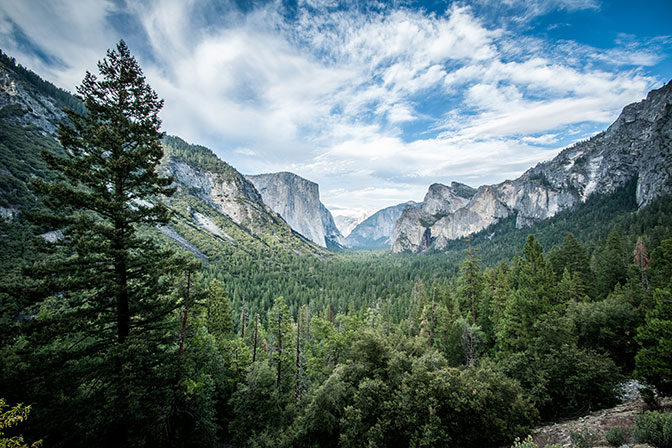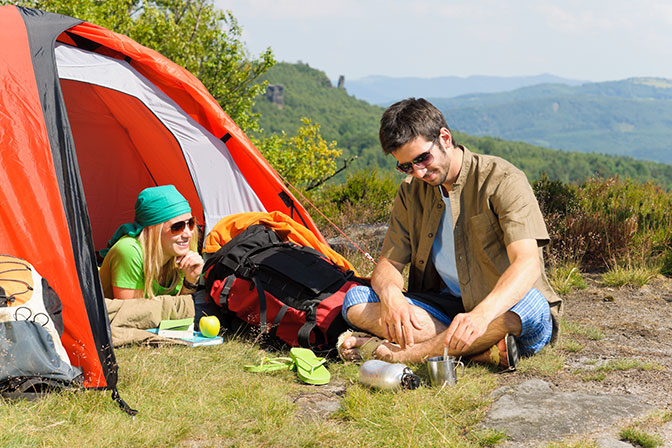You might think of camping as just a fun family activity, but it’s far more than that. Camping provides a reason for your kids to break away from technology and spend quality time outdoors, which is extremely beneficial to a child both physically and mentally, according to the nature deficit disorder (NDD) theory.
Nature deficit disorder was coined by author Richard Louv in his book Last Child in the Woods. It describes the ill effects that can occur in those who spend little time with nature—especially children, who are still in crucial developmental stages.
In his book, Louv argues that kids have become so consumed by technology that many of them have never developed a connection with the natural world. This isn’t surprising considering the multitude of screens children are exposed to from birth. Even toddlers use smartphones, computers, televisions, tablets, e-readers, and more.
Nature deficit disorder is a serious issue and can result in symptoms such as attention problems (e.g., ADD), anxiety, depression, and obesity. The good news is the solution to these symptoms is right in your backyard! Make outdoor activities a priority with your children and look for opportunities for the whole family to spend more time with nature. A little dose of fresh air now could be the best medicine.

 If you are an international customer, please
If you are an international customer, please 
 Get cooking tips, stories, and news about products and events by
Get cooking tips, stories, and news about products and events by 









 Want to find out more about our products or speak directly with us? No, problem! Fill out our
Want to find out more about our products or speak directly with us? No, problem! Fill out our